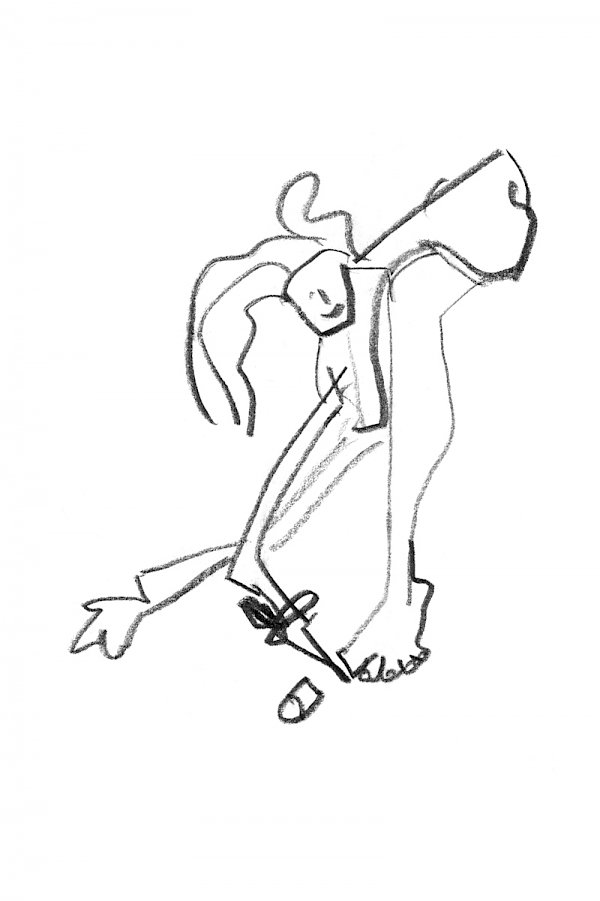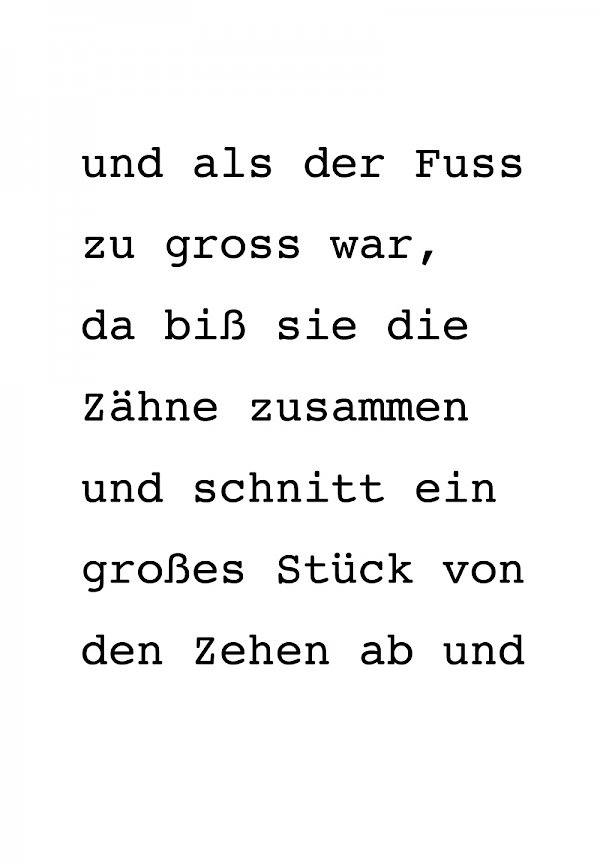Embodied Margins: Re-imagining the Mainstream
Artistic Research, together with Janhavi Dhamankar (Philosophy, Dance, Performance), Elisabeth Wildling (Light, Video), 2023
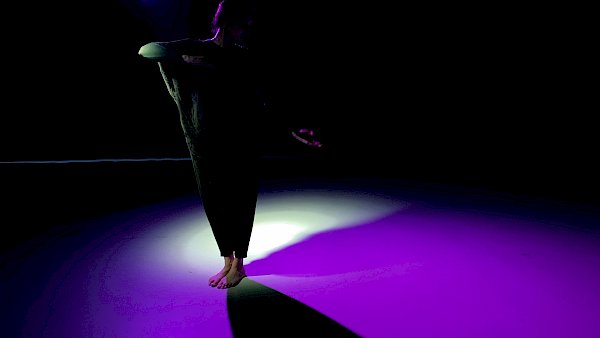
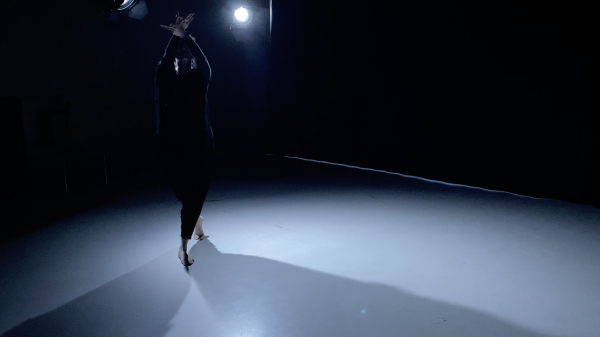
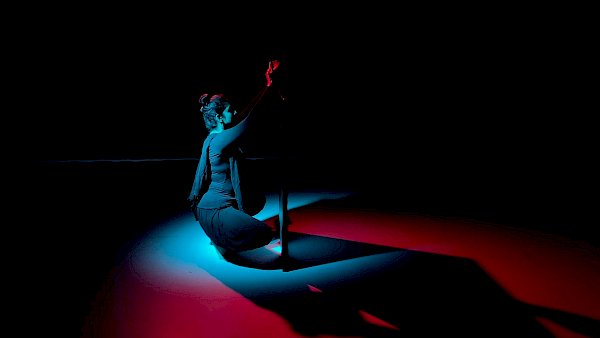
Artistic Research, together with Janhavi Dhamankar (Philosophy, Dance, Performance), Elisabeth Wildling (Light, Video), 2023



Experimentation, 2023
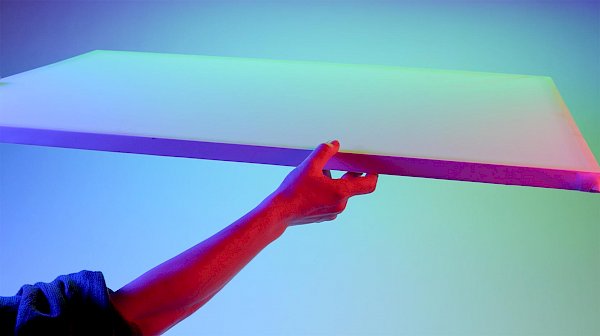
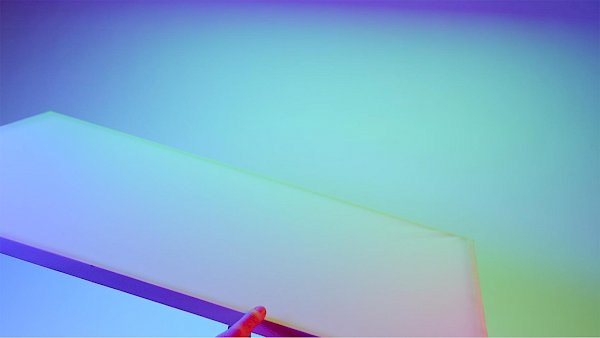
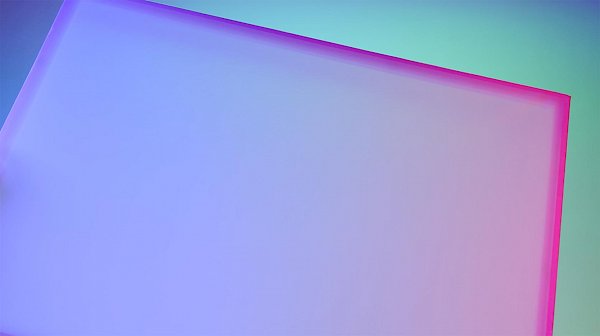

Transdisciplinary Field Performance, Festival Philosophy Unbound – DETEXT, New Delhi, India, 2018
BASE collective: Arno Böhler (Philosopher, Performer, University of Vienna and University of Applied Arts Vien- na); Janhavi Dharmankar (Dancer, Performer, Ph.D. Stu- dent in Philosophy at the University of Vienna); Susanne Valerie Granzer (Actress, Performer, University of Music and Performing Arts Vienna); Johannes Kretz (Electron- ics Performer, University of Music and Performing Arts Vienna); Lilly Kroth (Performer, Painter, MA-Student in Philosophy at the University of Vienna); Wei-Ya Lin (Viola Player, Ethnomusicologist at the University of Music and Performing Arts Vienna); Veronika Mayer (Composer, Sound Artist, University of Music and Performing Arts Graz); Martin Rumori (Sound Artist, University of Music and Performing Arts Graz); Anuradha Upadhyaya (Painter, Performer based in Baroda MS University); Elisabeth Wilding (Fine Artist, University of Applied Arts Vienna)

Exhibition, Universalmuseum Joanneum / Schloss Trautenfels, 2018


On the Occasion of the Opening 3 of 1 the VIENNA BIENNALE, MAK Portico, June 2017
Together with Laura Dominici, Alessandro Giarratana, Pius Hagenauer, Gernot Rahm, Alba-Marie Rastl, Laura Schreiber
view of the setup at the event
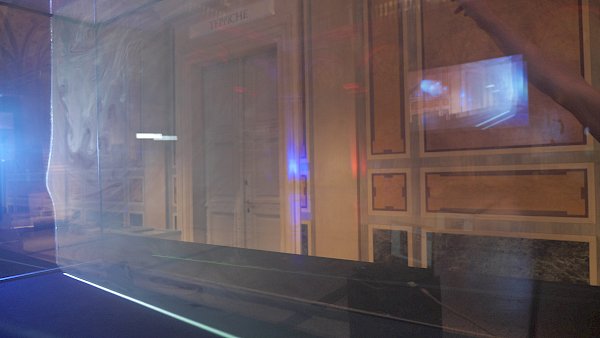
laboratory, work in progress
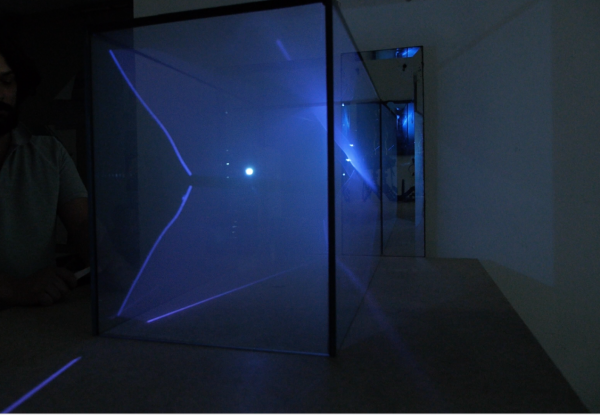
laboratory, work in progress
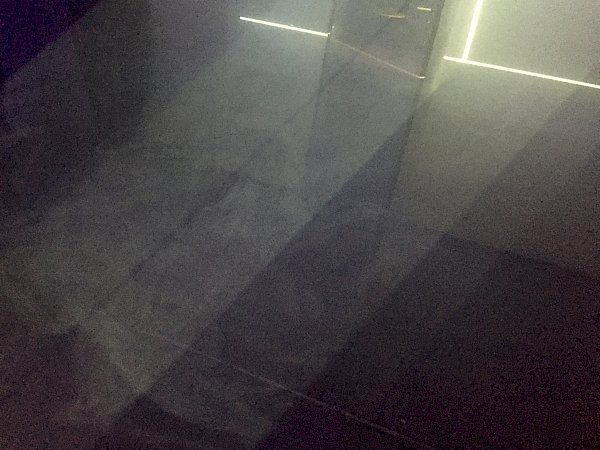
Installation, Greenock/Glasgow (GB), 2016
A site-specific installation for the Galoshans Festival in an old Tabacco Warehouse in Greenock/Scotland. The Installation proposed 'light articulated optical' or 'real spaces' by encountering those 'real spaces' and by perceiving those suggested 'visual narratives'.
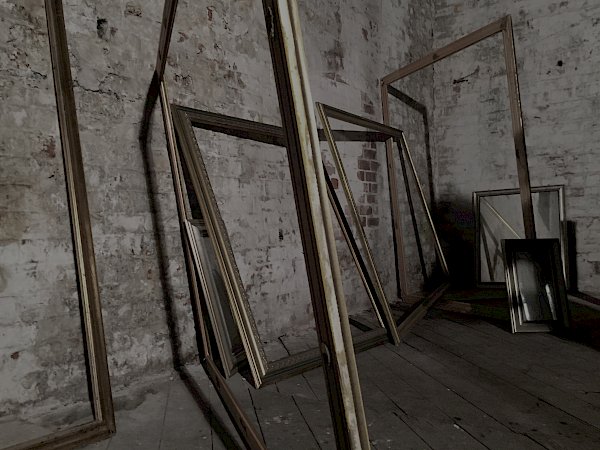
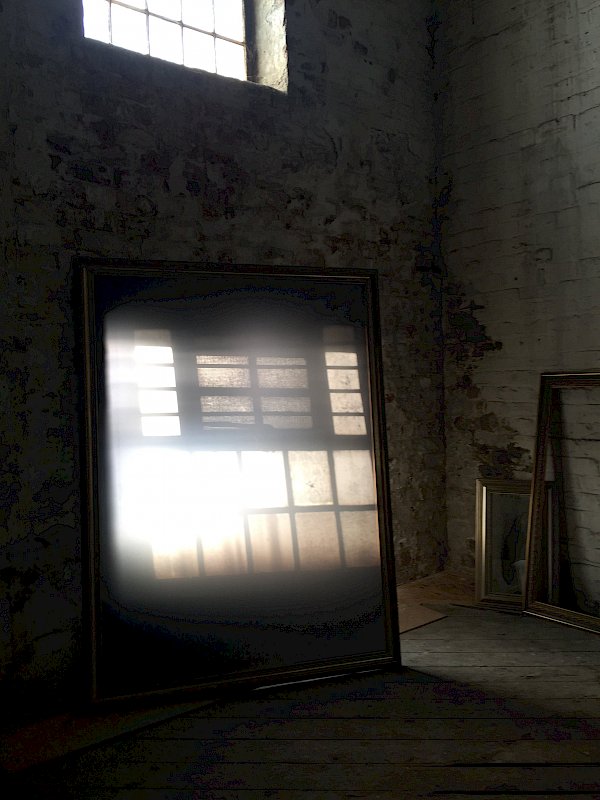
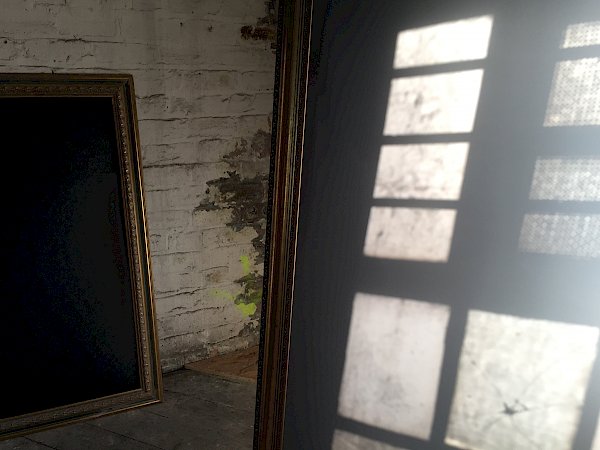
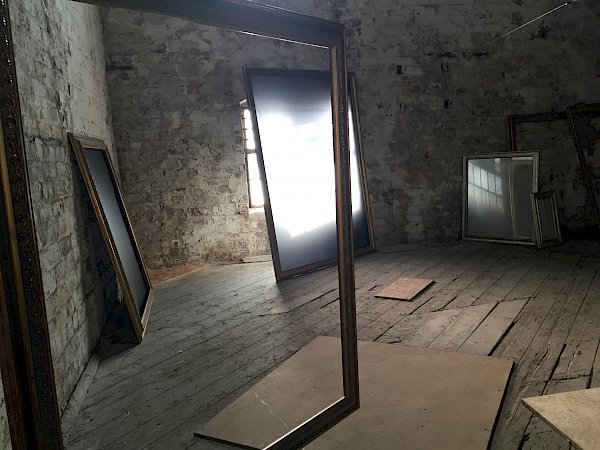
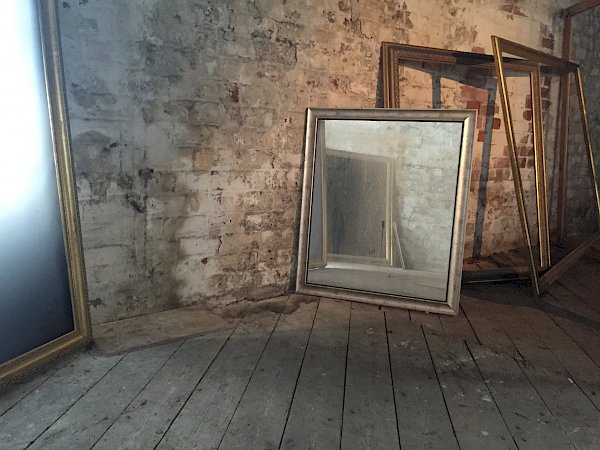
Open Material, KEX – Kunsthalle Exnergasse Wien, Okt 2015
.

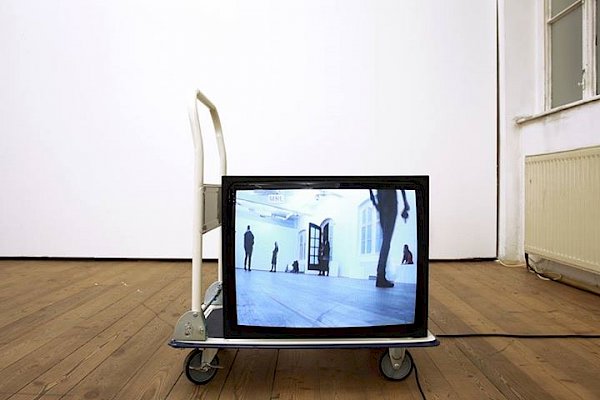
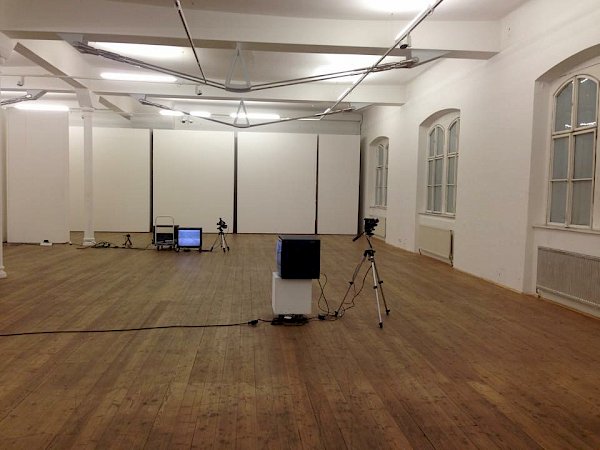
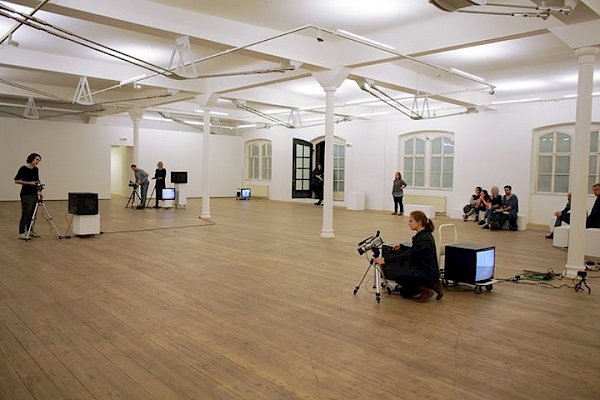
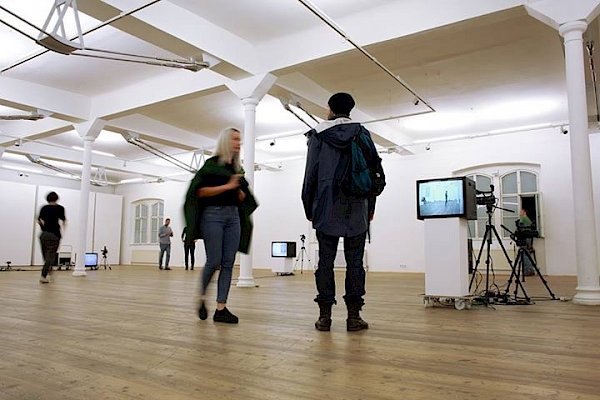
For Hello & Goodbye / uniT / La Strada, August 2015
.
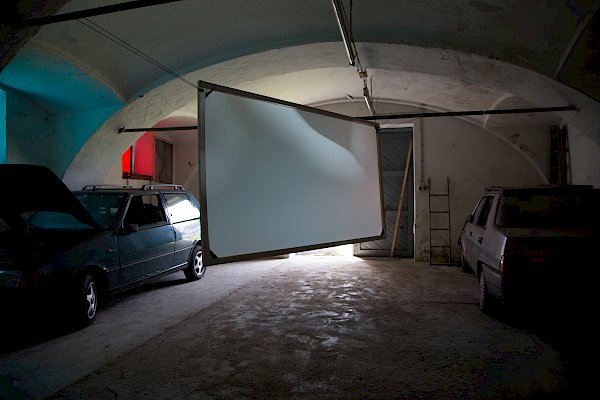
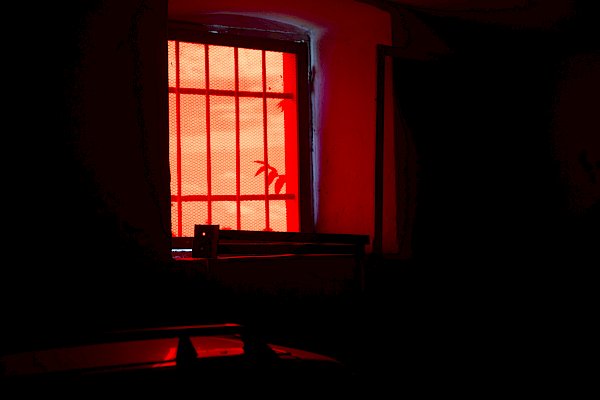
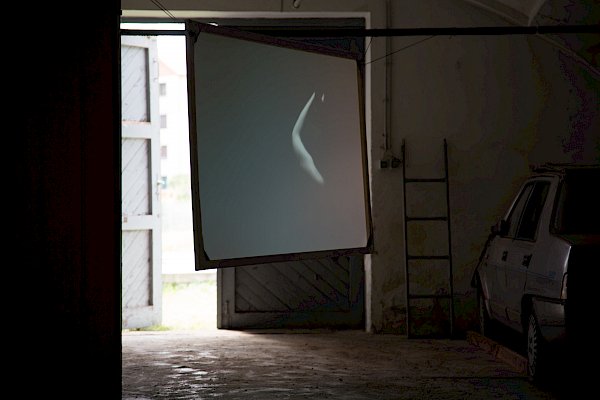
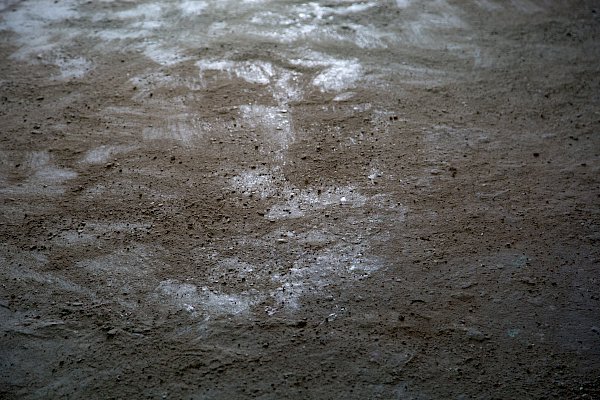
Reininghaus Graz, Emerging Art for Emerging Spaces, In Situ Focus 2015. Performer Ramona Lavrincsik, Philo Jöbstl, Camera Axel Wolf Bierbaum, Elisabeth Wildling
The videoprojection shows the round architectural elements of a well in a water-pumping system as well as its balcony and glass roof. One hears a regular beat of a metronome. In timed succession, 2 performers go up and down a spiraled stairway, place balloons filled with helium at the base of the well. The movement of the rising ballons and the regular ascension and descension of the performers emphasised the verticality of the architecture.

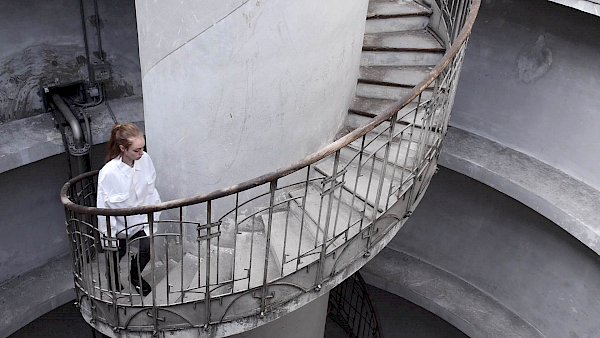
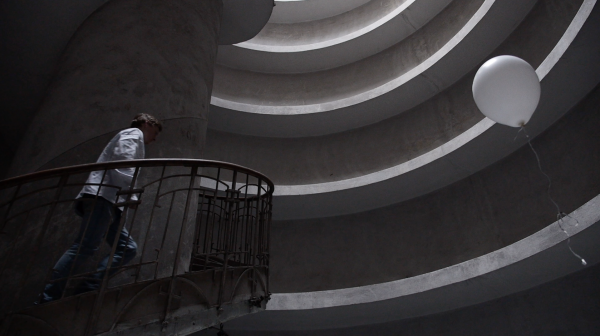

Sura Medura, Sri Lanka, 2015
Two Edited Videoloops of slowly, naturally moving Palmtreeleaves. Projected like Shadows on the floor, each Video has it´s own projector, overlapping and partly adding/substracting it´s structures and movements in (real) space.
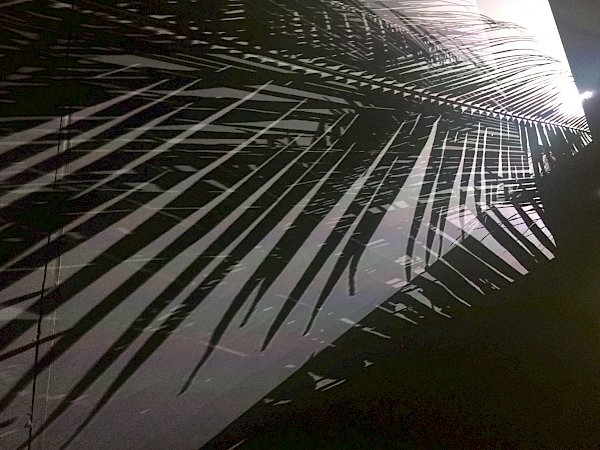
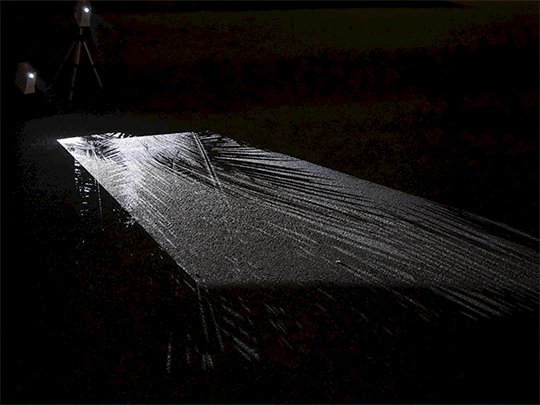
Sri Lanka, Sura Medura, 2015. Speaker: Roger Ely aka The Devils Chauffeur, Film: Elisabeth Wildling, Text: Friedrich Nietzsche, extract from "Thus Spoke Zarathustra"
Endings are beginnings are endings,
everything that will occur has already occurred.
Beginnings are Endings is a film that begins before dawn when it is still dark. In the middle of a forest, in an enclosure in darkness, a well dressed gentleman sits on a stool reciting a passage from Friedrich Nietzsches “Thus spoke Zarathustra”. As he speaks, the sun rises and brightens the area, throwing light on the setting that is the source of a given, intense audio backdrop.
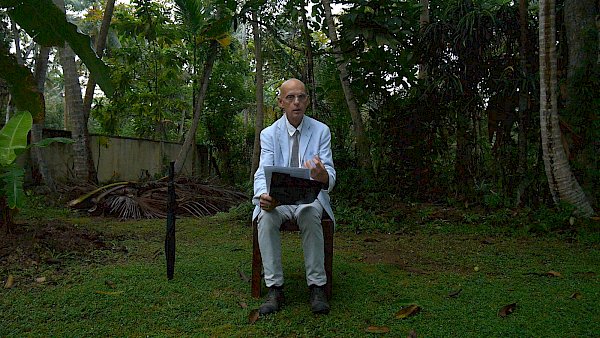
Sura Medura, Sri Lanka, 2015
A desolate house in British colonial style in the town of Hikkaduwa, Sri Lanka functioned as a Camera Obscura, which made the need of a seperate film camera redundant. The resulting films, photographs and interventions bring in the atmosphere of the surrounding nature with light and shadows, using the architecture of the building.
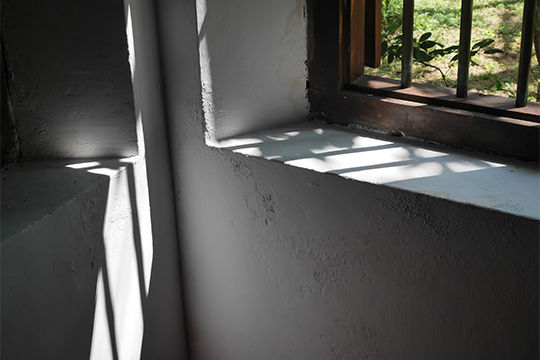
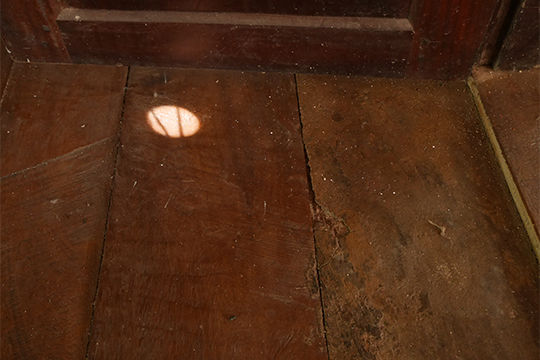
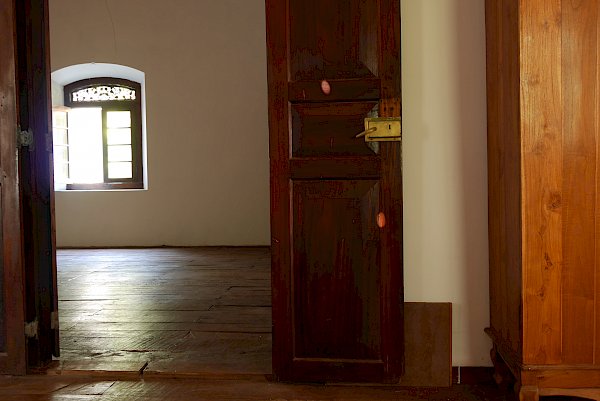
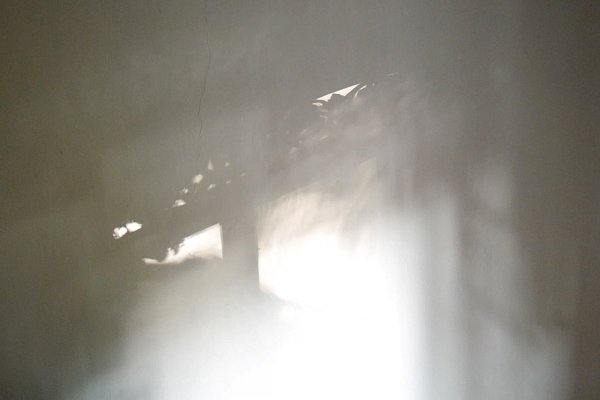
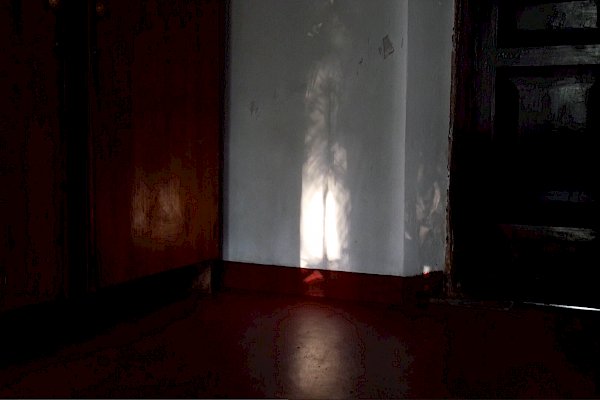
[Direction Elisabeth Wildling], as part of The Vienna Project, Department Transmedia Art, Angewandte
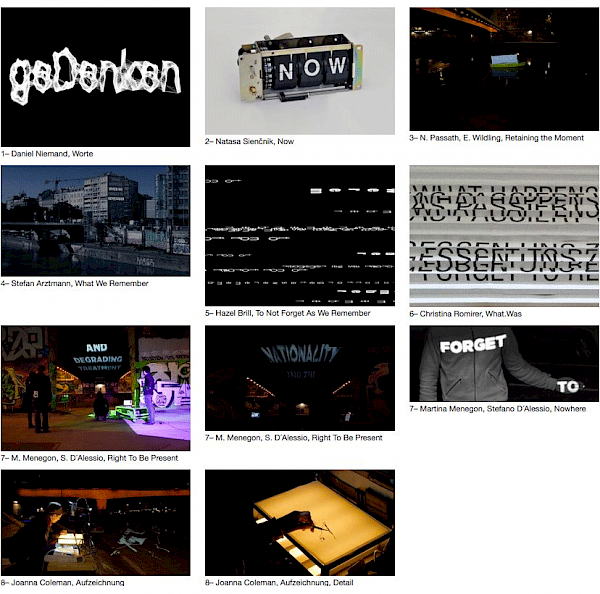
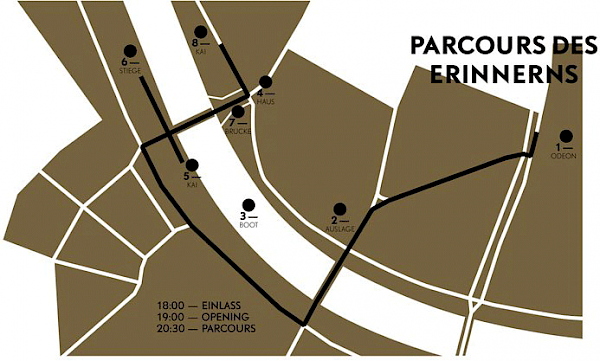
Performative Projection, Parcours des Erinnerns / The Vienna Project 2013, together with Niki Passath
A boat is on its way upstream. It is accompanied by a person on the banks, who constantly keeps the boot focused in the spotlight of a projector.
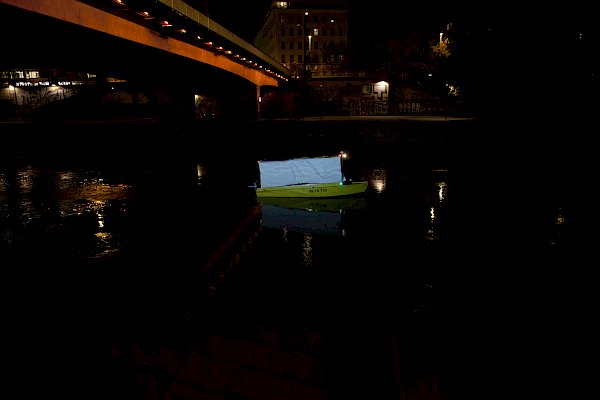
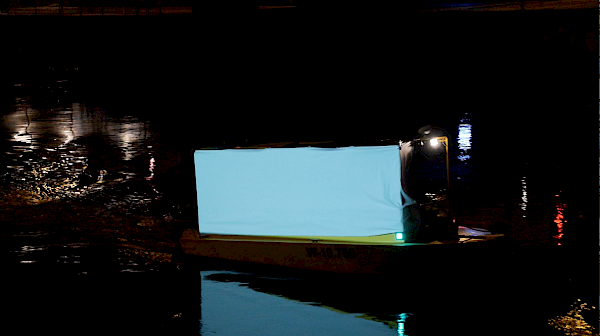
Textanimation in three languages: English, German, Jiddisch. The sentences containing the same content are animated to be viewed together, but having different velocities.
2012 – 2014 , theviennaproject
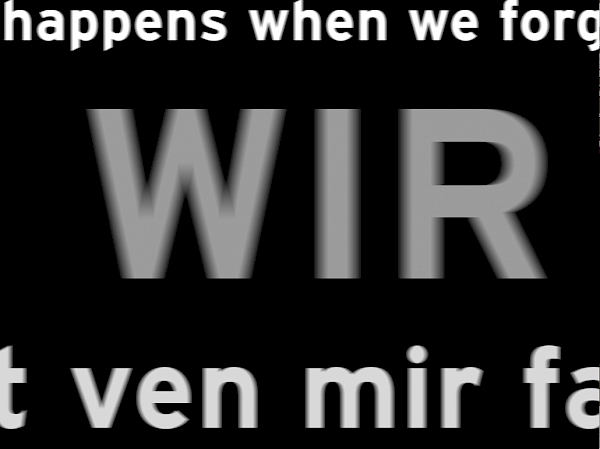
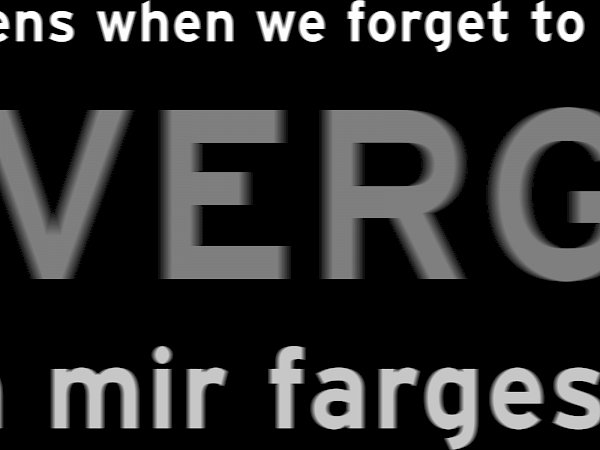
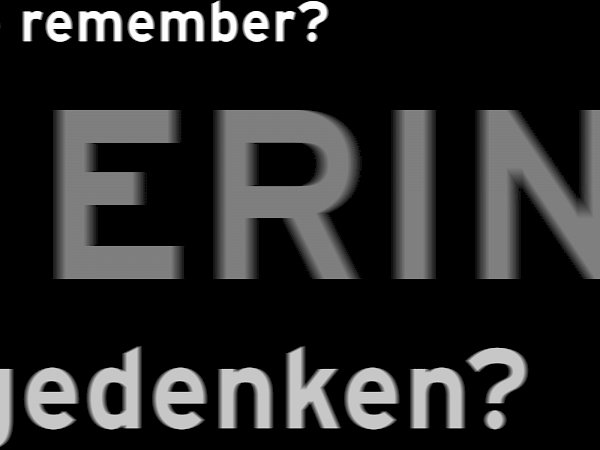
Design for Large Scale Projection for the closing event of "The Vienna Project", Josefsplatz Vienna, October 2014

Panoramaprojection of names of all victims of Nationalsocialism in Austria, murdered between 1939 – 1945. Each victimgroup is depicted the same size, and differentiated in slanted representation.
Idea and Concept Karen Frostig, Artistic Realization Elisabeth Wildling
Closing Event [Foto: Axel Wolf Bierbaum]
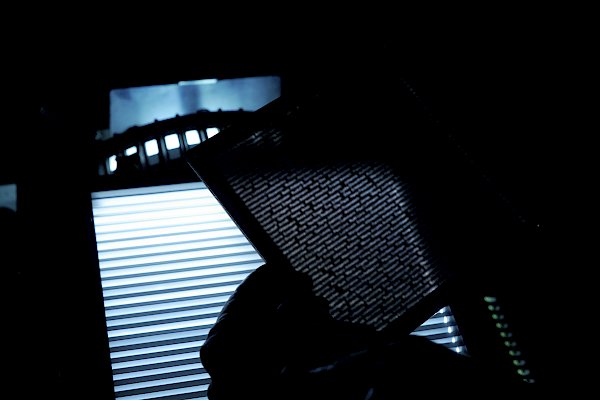
Closing Event [Foto: Axel Wolf Bierbaum]
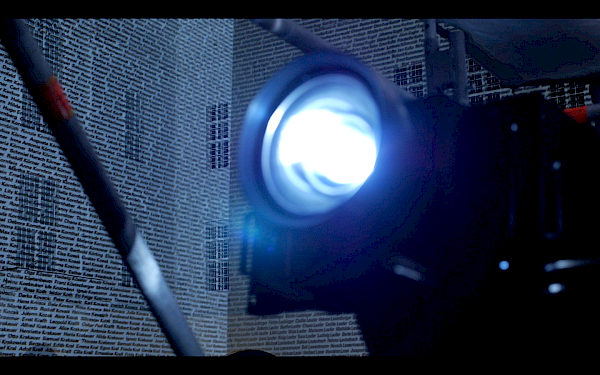
Closing Event [Foto: Christian Wind]
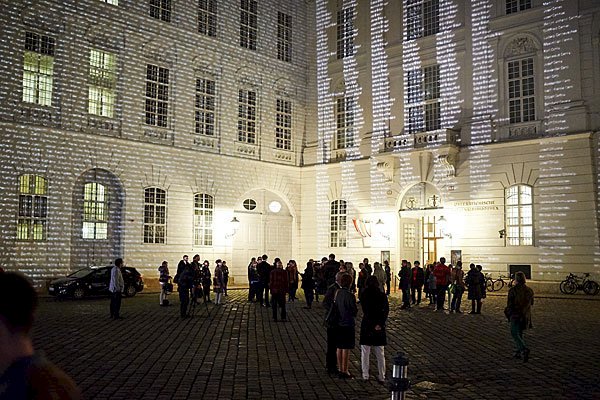
Shangai
A film shot around a block in the centre of Shanghai, a city of millions. The view is tilted 90 degrees, giving the viewer an inverted perspective of nature and the city.
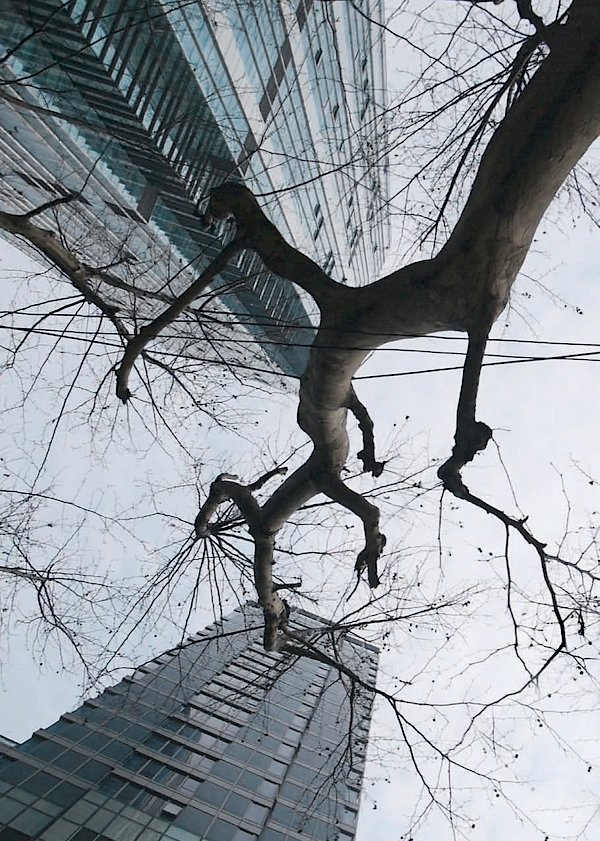
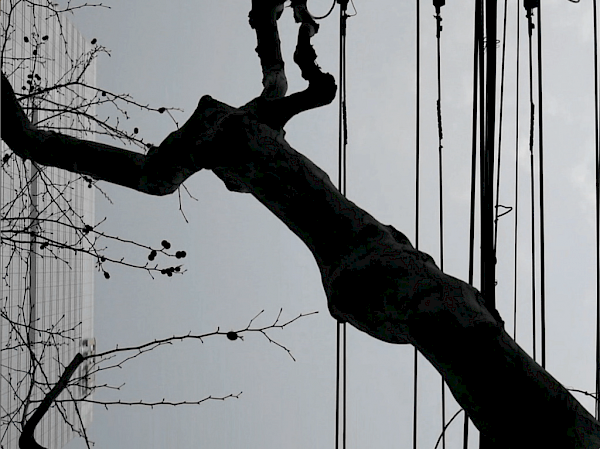
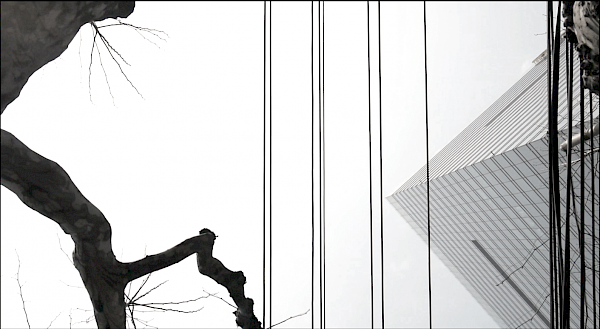
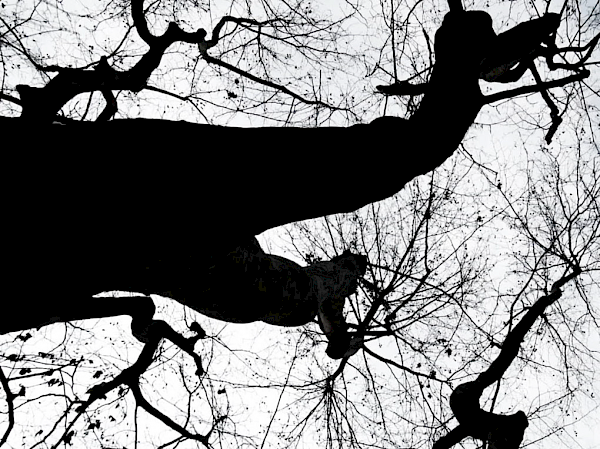
Performance Night GO ON, Little Theatre, Powerstation of Art, Shanghai, March 2014
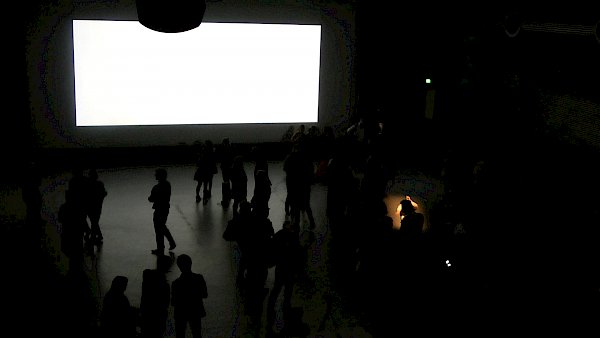
Cities keep us moving, in terms of time, space and also class. Cities never rest. Stable structures are constantly changing and provisional ar- rangements do remain. There are fast cities and there exist slower ones on our globe. In this programme we will re-define urban velocities! Is it provocative to stay still? Has not everybody his or her very own individual velocity? Can anybody create his or her own vehicle? Please, join us on this journey from Vienna to Shanghai and back.
A joint project of University of Applied Arts Vienna and Tongji University Shanghai with: Magdalena Akantisz, Nisrine Boukhari, Brigitte Felderer, Maria Hupalo, Peter Kozek, Maximilian Josef Lackner, LI Tong, LIU JiZhou, LIU ZhenYuan, Peter Regner, Georg Sampl, Christian Steiner, Stephan Trimmel, Anna Vasof, Tomasz Vollmann, Elisabeth Wildling, Alexandra Fruhstorfer, ZHANG QianXin, ZHENG YongZhi
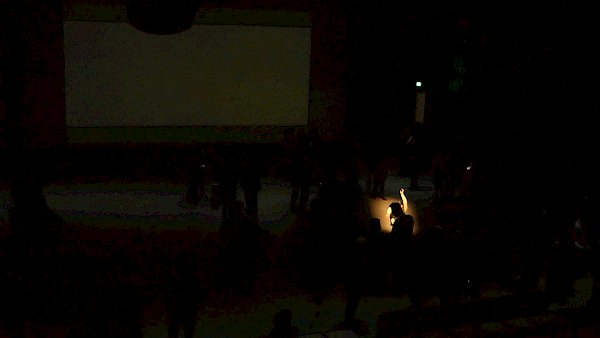
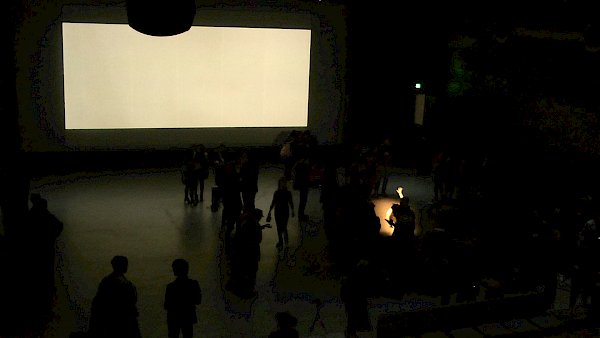
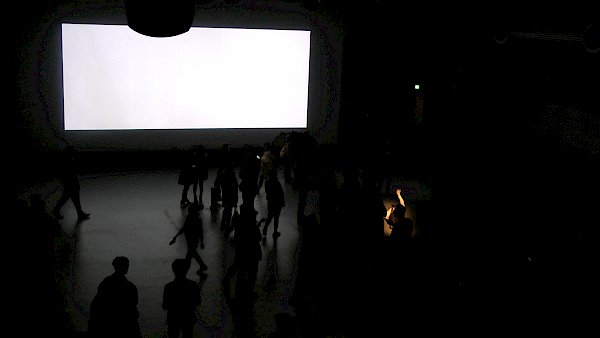
Film, Projection, Performance, Festspielhaus St. Pölten, Blackbox, 2012
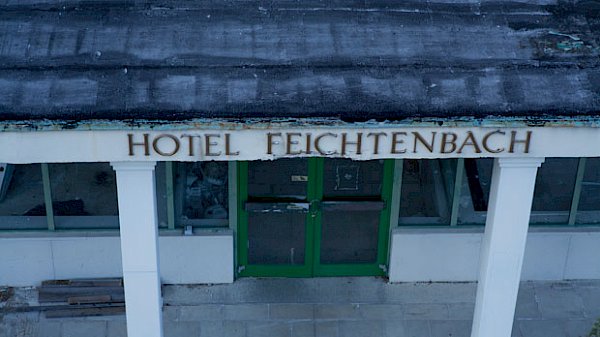
Abandoned buildings open up in its emtiness and absence space for memories. Feichtenbach, a real place, with history, a former health resort in the “Wiener- wald”, witness of a time period of austrian past. Past Present Times is concerned with hid- den tales, metaphors, clichés, which we are faced with at this place. Monumentality stands beside fragility.
Dance, Architecture and Film are constructing and reconstructing the place in an installation. The video sequences will be projected on a revolving stage. Through turning around the vertical axis, the imagery will create scalings and effects
of disappearing.
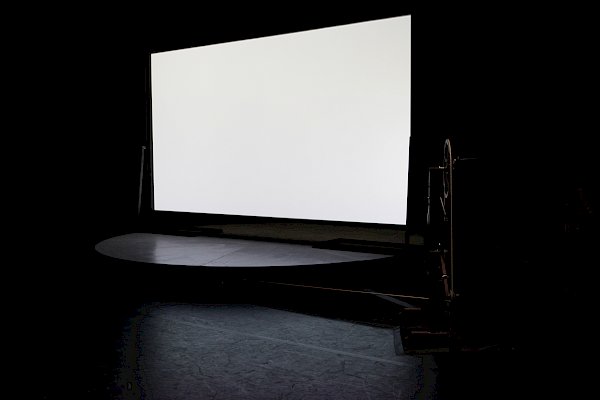
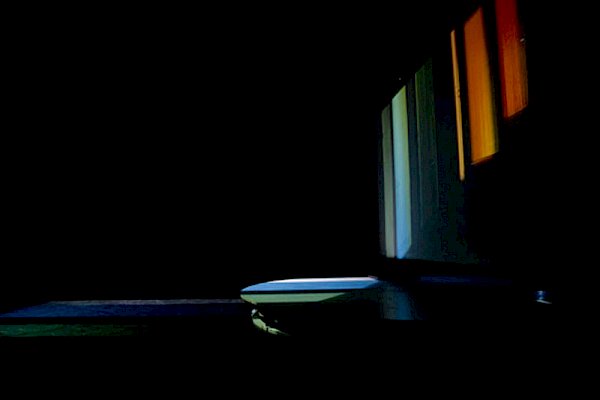
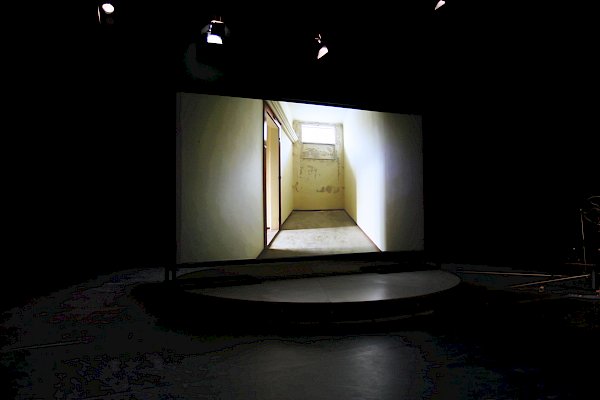
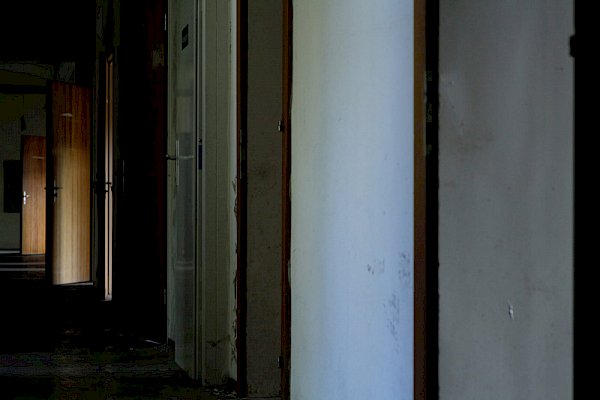
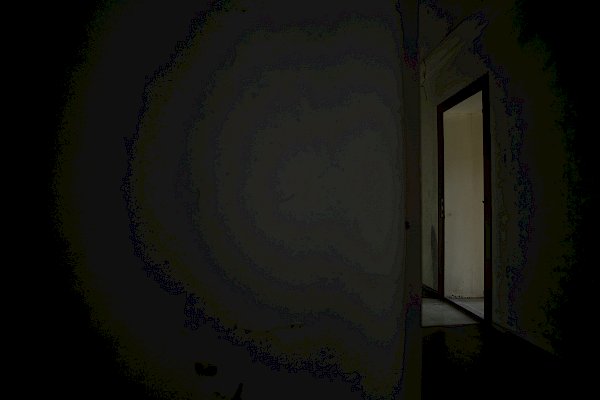
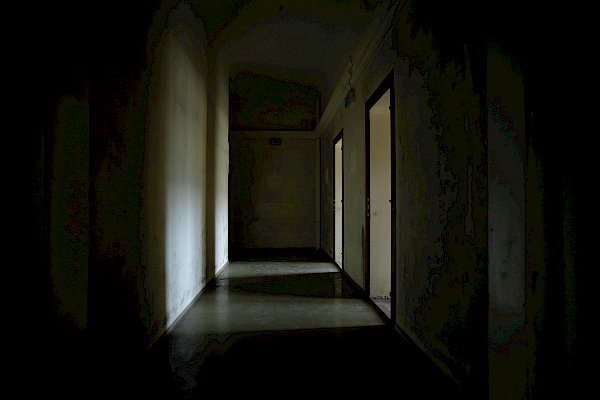
Project: Dinter, Lengheimer, Wildling
Film, Projection: Elisabeth Wildling
Kamera: Axel Wolf Bierbaum
Rotary Canvas: Elisabeth Wildling
Construction: Tanja Dinter, Martin Püspök, Hannes Loipetsberger
Rotary Stage: Transkatholische Vögel, Draft Peter Kozek, Realization: Jakob Scheid
Choreography: Tanja Dinter, Lisa Lengheimer
Performance: VolkstänzerInnen from Lower Austria
Schauraum Angewandte, quartier21 (electric avenue), MQ Vienna, 2011
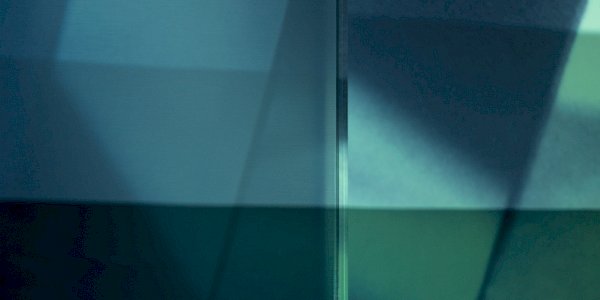
Spatial Introversion / Partial Transition (Quasi-Space)
The installation, consisting of printed panels and semi-transparent screens, can be regarded as a filter, or hinge, within various spatial circumstances. As a sublime spatial border – comparable with a transparent skin – the panels can either divide or unite. Through this ambivalence, the screens become ‘quasi-objects’, which rep- resent hybrids between subjective and objective phenomena, just as a pawn might exist as a neutral party in human interactions, to help stabilise social exchanges. In this respect, the installation engenders quasi-objective or quasi-spatial devices [3], as it represents neither explicit information nor explicit matter, but rather a com- pound, which develops its particular unique status through the spectator. [G.H.]
[1] Marcel Duchamp (1887-1968) – a French artist – developed “The Large Glass” – a work based on X-ray techniques – between 1915 and 1923. The graphic on glass should assume an interaction with the room and by doing so create a “Ready-Made” out of the background space. Duchamp was obsessed with the idea of every entity as a copy of an original existing within a higher dimension. His “Rotoreliefs” (1935) express this concept.
[2] Friedrich Kiesler (1890-1965) – an American architect of Austrian extraction – developed a design for the improvement of display-windows in 1930. The idea was to create a stronger convergence of the entrance-area and display-window environments, in which the display-window should be made to look like an entrance and the entrance to look like a display-window. Both areas should thus, in an improvement of the blueprint, enter into an exchange with one other. “Make the window look like an entrance and the entrance like a window”, Kiesler, Frederick; Contemporary Art applied to the Store and its Display; New York; 1930; 79.
[3] A concept of Michel Serres, which describes, in a crudely simplified manner, the function of transitional objects in social interaction.
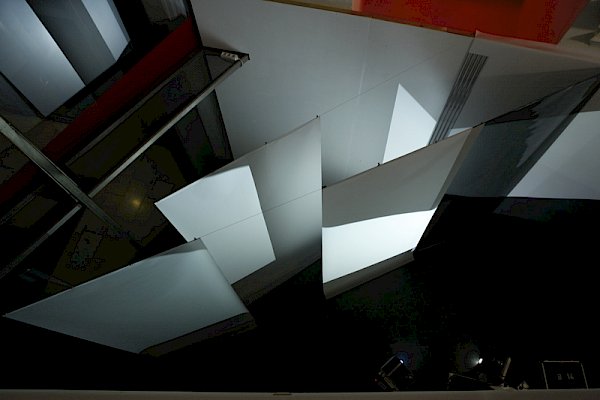
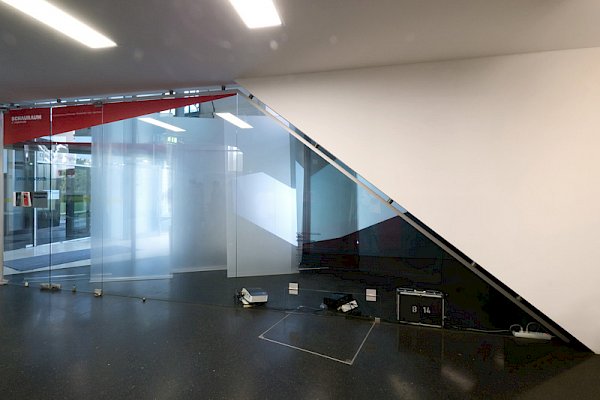
Inspection, transparency, reflection:
A given stable spatial setting is expanded. Projection surfaces of this superposition are filter sheets, suspended across the space. Projecting apparatus overlaps the effects of the spatial elements. A composition that translates the space within itself and re-conveys the relations of inside and outside – projection and motion merge to form a sculpture, dissolving conventional space, also that of the viewer.
The exhibition space “Schauraum Angewandte” becomes a spatial sculpture made up of spaces of viewing.
Video, Stills, 2005
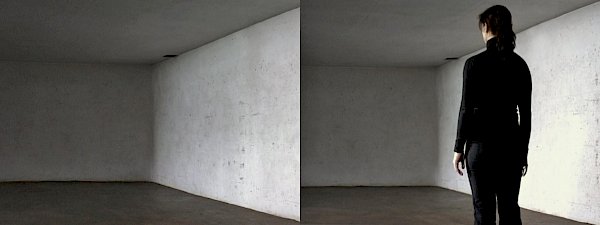
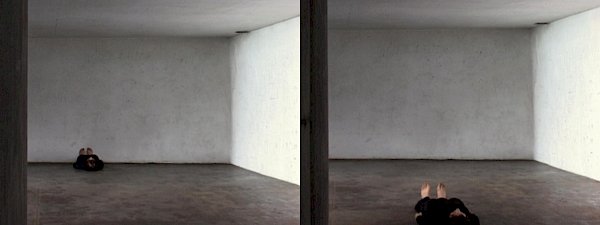
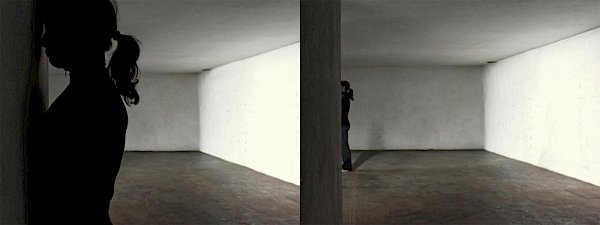
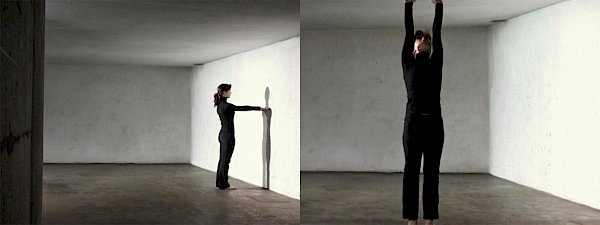
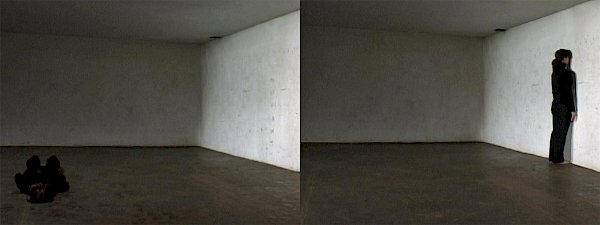

The work is concerned with the medially communicated reality structures of space- time perception. Subject is the narration of perceived space and the possibilities and restrictions that are connected with it.
Solo Exhibition, Galerie Raum mit Licht, Vienna, 2011
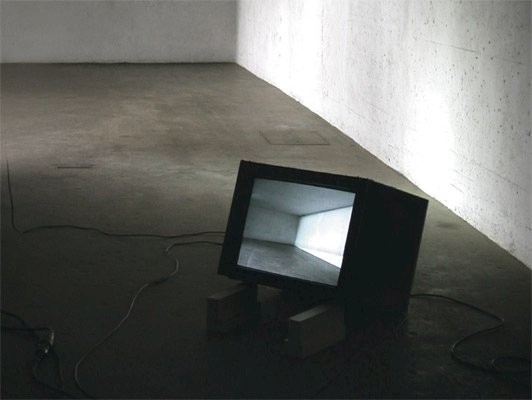
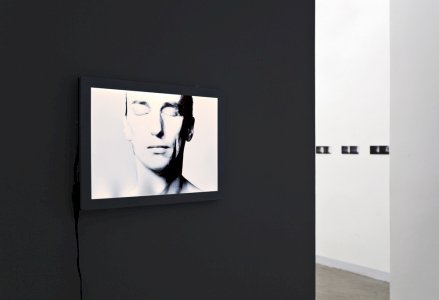
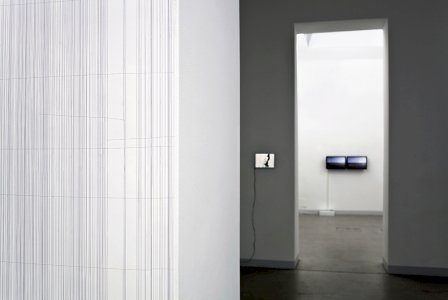

Exhibition Views, Fotos: Stephan Hilge
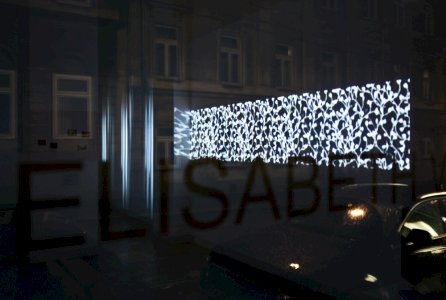
Videoinstallation, 2011
endless is a continuous sequence of two similar but not same video recordings of an approaching and at the same time withdrawing part of space. In a film montage and parallel installation of this ongoing cycle, the concept, an irresolvable contradiction, and the question about subject and object is beeing continued and enhanced.
